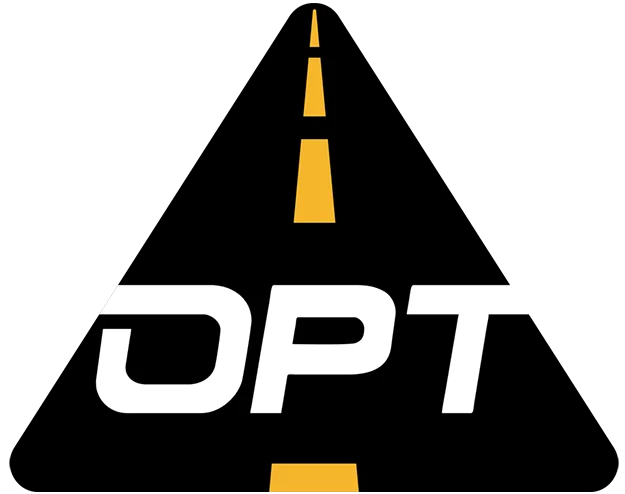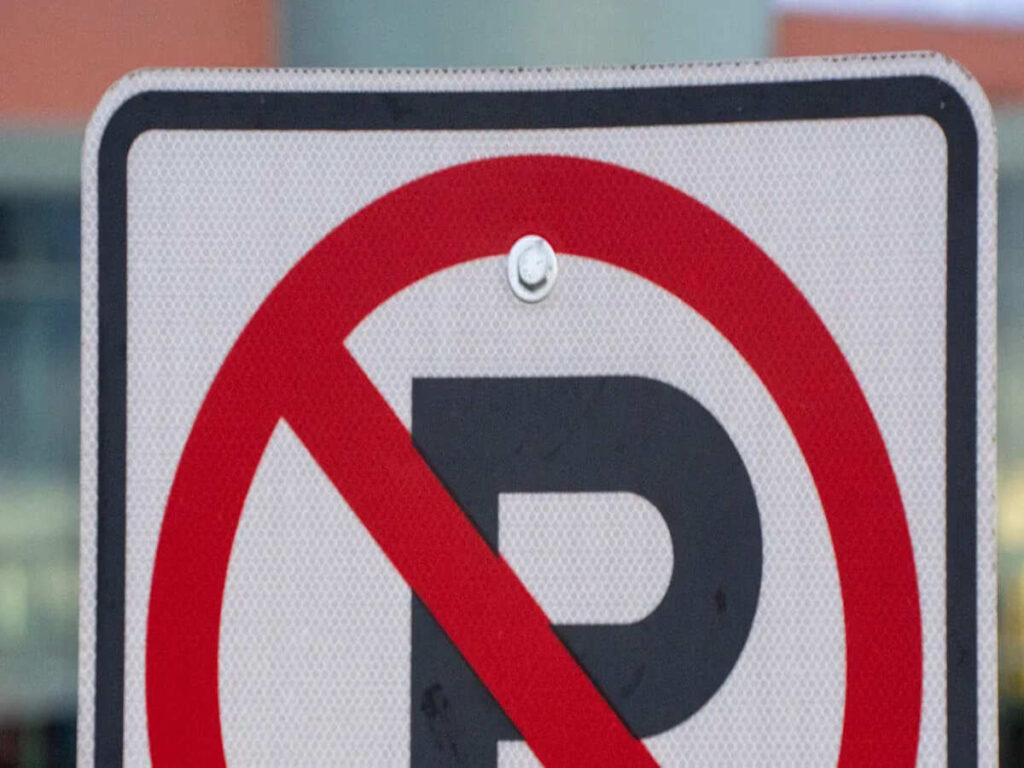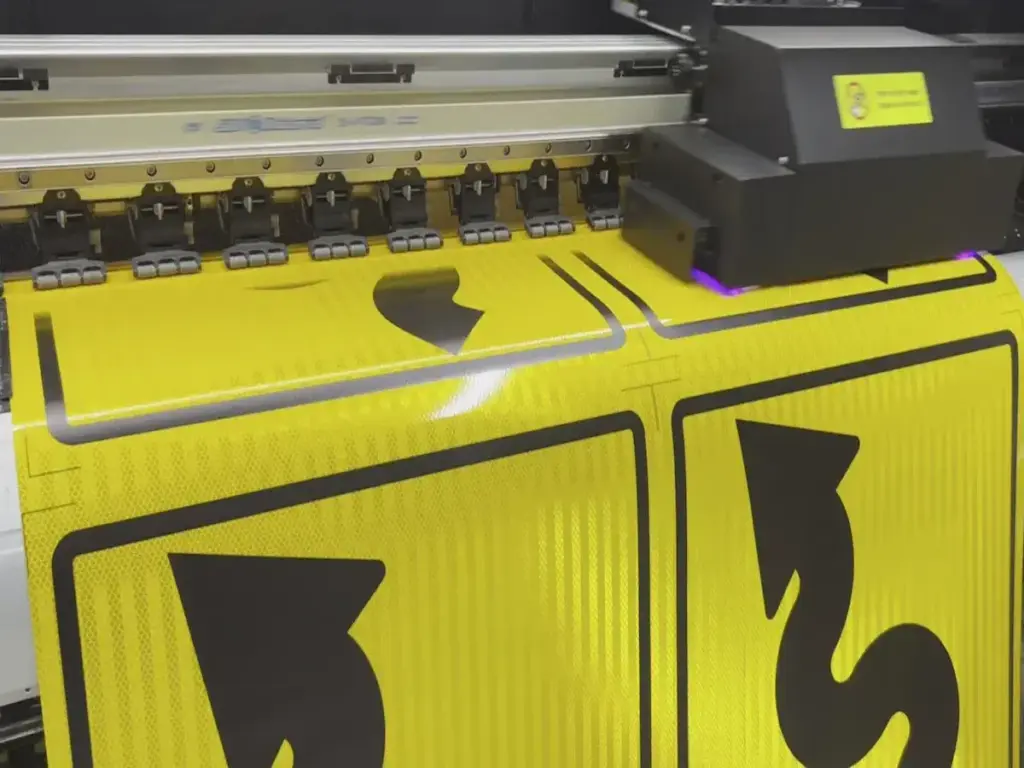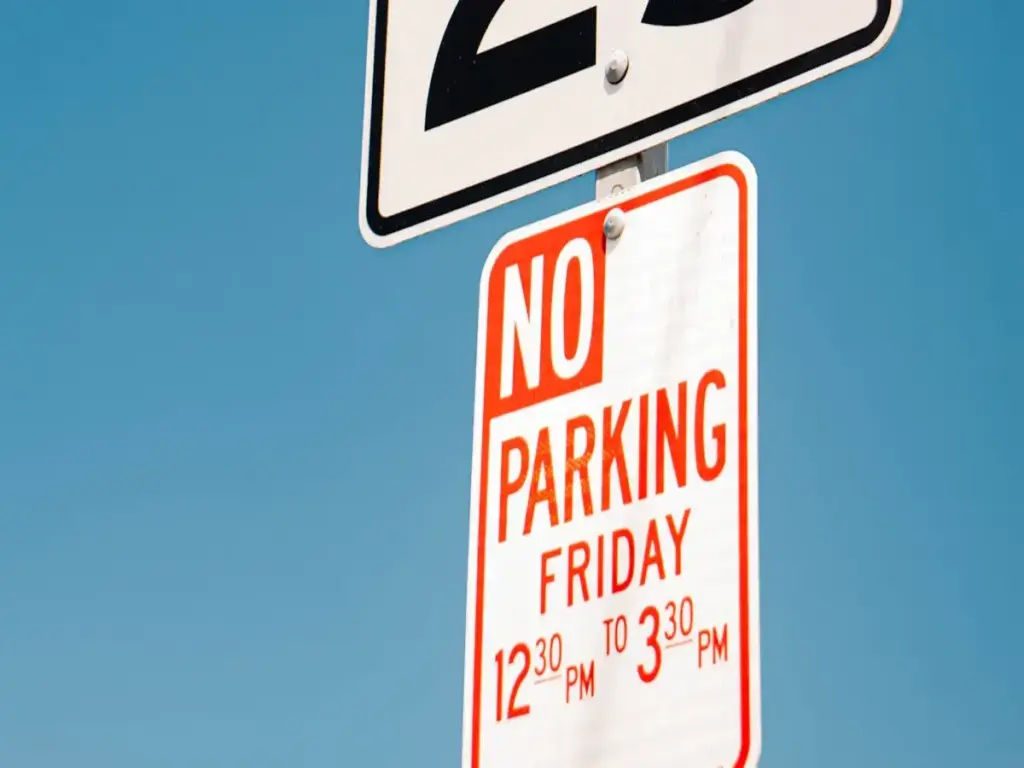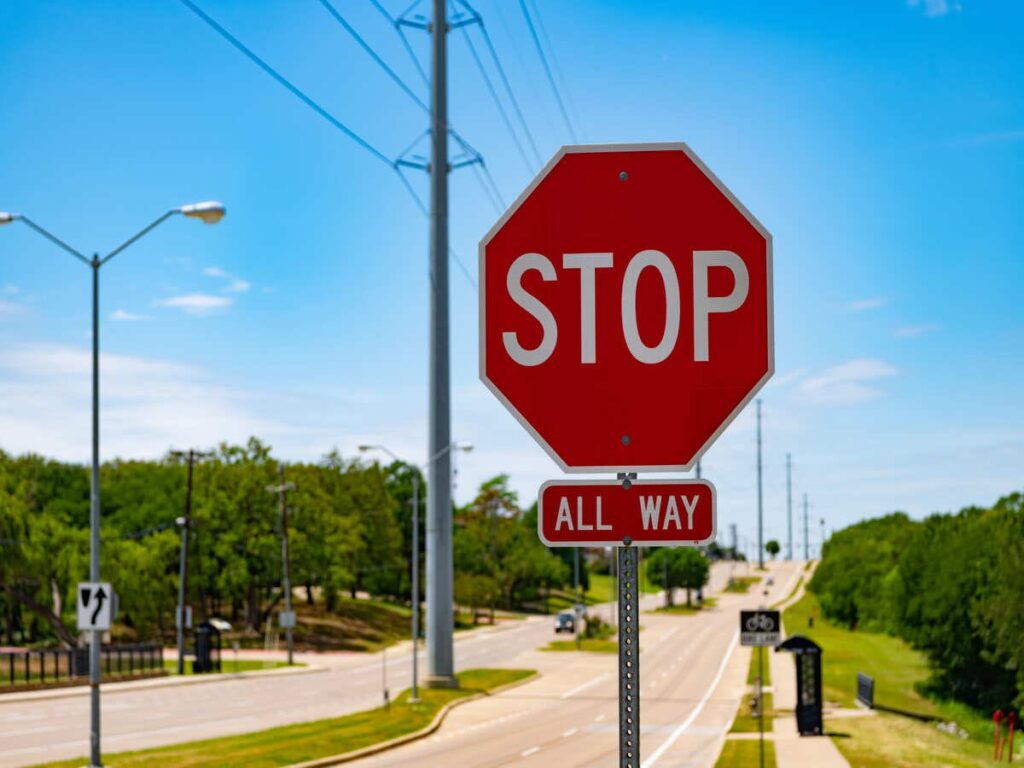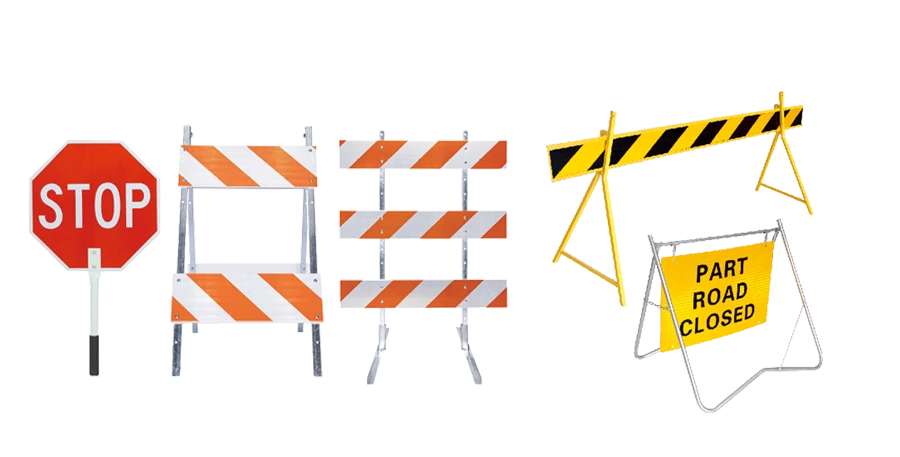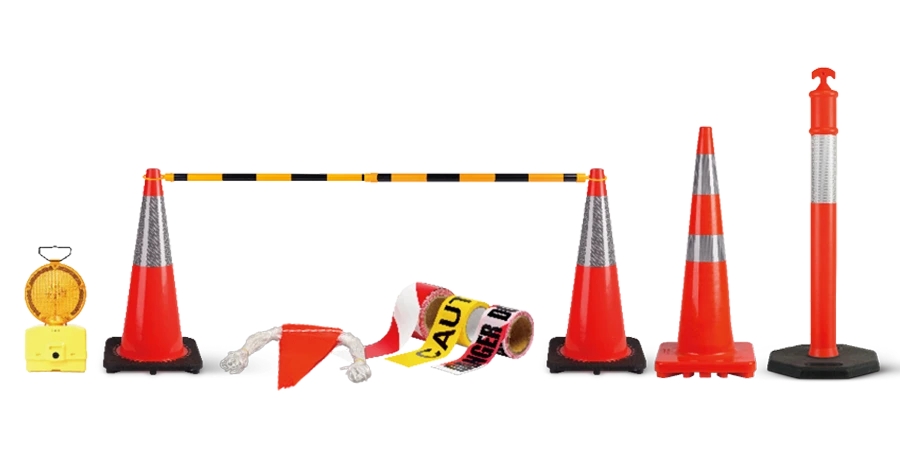
Since Brexit, new rules apply for selling traffic signs for sale. The UKCA mark is now used in Great Britain, replacing the CE mark used in the EU and Northern Ireland. Following these rules ensures safety and good quality for drivers. Signs must meet regulations such as being reflective and eco-friendly. Breaking these rules can lead to fines or product bans. By focusing on safety and clear signs, you can adhere to scheme 9a. This helps maintain trust in the traffic signs for sale that you offer.
OPTRAFFIC provides compliant, durable traffic signs that meet CE requirements. Whether you need signs for roads, construction zones, or temporary detours, OPTRAFFIC traffic safety products deliver reliability and visibility.
Explore OPTRAFFIC’s full range of traffic signs for sale and request a quote today.
Key Takeaways
- Learn the difference between CE and UKCA markings. CE is for the EU and Northern Ireland. UKCA is for Great Britain. This helps you sell in the right places.
- Get ready for the UKCA marking change. The final date is January 2026. Start early to avoid problems and follow UK rules.
- Use traffic signs with both CE and UKCA marks. These work for both standards. It makes stock easier to manage and sell in more places.
- Keep good records and test your products often. This ensures your signs are safe and meet the rules. It also helps keep customers happy.
- Work with reliable suppliers. Certified makers provide safe and quality products. This lowers legal risks and improves your business image.
CE Marking for Temporary Road Signs

What is CE Marking?
CE marking shows that products follow European safety and quality rules. For road signs, it means they are strong, clear, and reflective. This marking tells buyers the signs are safe and high-quality. It also makes trading easier in Europe by using the same rules for all sellers.
Rules for Traffic Signs in the EU
Traffic signs in the EU must follow strict rules. EN 12899 sets standards for materials, design, and performance. Signs must be reflective, tough, and weatherproof to keep roads safe. Other rules, like the Traffic Signs Regulations, explain what signs should look like. Following these rules ensures signs work well and meet users’ needs.
Where CE Marking is Needed
CE marking is required in the EU and Northern Ireland. Products sold here must meet EU rules. For example, in Northern Ireland, signs must follow safety regulations. CE marking is allowed if products meet EU standards. The table below shows where CE marking applies:
| Region | CE Marking Rule |
|---|---|
| EU | Products need approval from an EU Notified Body; UK Approved Bodies are not accepted. |
| Northern Ireland | Follows EU rules; CE marking is valid if products meet EU standards. |
In Northern Ireland, CE marking is used for many products, like road signs. This ensures signs meet technical checks and are monitored properly. By following these rules, you can sell road signs confidently in these areas.
UKCA Marking and Its Role in Great Britain
What is UKCA Marking?
UKCA marking is the new label for goods in Great Britain. It replaced CE marking after Brexit. This ensures products meet British safety and environmental rules. For road signs, it shows they are strong, reflective, and clear. Using UKCA marking proves your signs follow UK rules.
Manufacturers must check their products with UK Approved Bodies. This process confirms the products meet the required standards. The UK Government created this system to keep products safe and reliable.
Rules for Road Signs in Great Britain
To sell road signs in Great Britain, you must follow rules. These include getting UKCA marking and meeting Scheme 9A standards. You also need to follow the Traffic Signs Regulations and Directions (TSRGD). Your signs must match the traffic signs manual and BS EN 12899-1.
These rules cover materials, design, and performance of road signs. Following them ensures your signs are safe and work well for drivers.
Switching to UKCA Marking
The UKCA marking change has been slow to help businesses adjust. At first, CE marking was allowed with UKCA marking until January 2022. This gave companies time to prepare. Now, the deadline for full UKCA use is January 2026.
During this time, CE-marked products can still be used in Great Britain. But it’s important to get ready for UKCA marking to avoid problems later. A ‘fast track’ UKCA process is available to make it easier. Planning ahead will help you switch smoothly and keep your business running.
CE vs. UKCA: Key Differences for Distributors
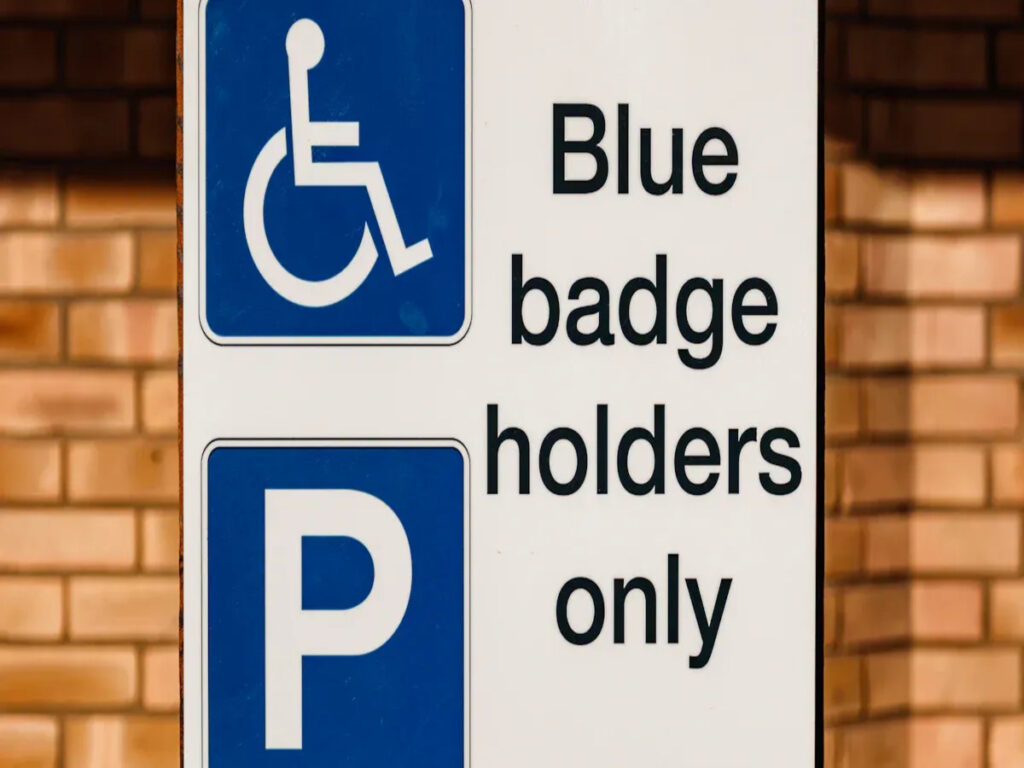
Regional Applicability
Knowing where CE and UKCA markings are used is important. CE marking is needed for products sold in the EEA and Northern Ireland. UKCA marking is only for Great Britain (England, Scotland, and Wales). Northern Ireland follows EU rules, so CE marking is still valid there. UKCA does not apply to the EEA or Northern Ireland.
The table below shows the regional differences:
| UKCA Marking | CE Marking |
|---|---|
| Needed for products in GB markets only | Needed for products in EEA markets |
| Not used in Northern Ireland or EEA | Accepted for some products in GB |
| Covers items like machinery, toys, and PPE | Covers items like medical devices, appliances, and toys |
By knowing these differences, you can follow the rules and avoid delays when selling in different places.
Certification and Documentation Requirements
Both CE and UKCA markings need you to follow rules. But the paperwork and approval steps are slightly different. CE marking needs you to follow EU rules, while UKCA follows UK rules. Both systems require keeping technical documents for ten years after selling the product.
The table below explains the main differences:
| Aspect | CE Marking Rules | UKCA Marking Rules |
|---|---|---|
| Technical Documents | Must show compliance with EU rules | Must show compliance with UK rules |
| Document Storage Time | Keep for 10 years after selling | Keep for 10 years after selling |
| Declaration of Conformity | EU Declaration of Conformity needed | UK Declaration of Conformity needed |
| Self-declaration | Allowed for some items (e.g., PPE, medical devices) | Allowed for similar items (e.g., PPE, medical devices) |
| Marking Placement | Must be clear on product or packaging | Must be clear on product or packaging |
| Marking Size | At least 5 mm tall | At least 5 mm tall |
Making sure your documents match these rules will help you avoid problems.
Implications for Incorrect Marking
Wrong markings can cause big problems. Products with incorrect CE or UKCA markings might be stopped at customs or removed from sale. This can mess up your supply chain and hurt your reputation. For example, road signs that don’t meet UK rules could lead to fines or legal trouble. To prevent this, always check your products meet the right rules for their market.
By following the correct rules, you can keep your business running smoothly and earn customer trust.
Following CE and UKCA Rules
Keeping Records and Testing
To follow CE and UKCA rules, keep clear records. These records prove your products are safe and meet the rules. Important papers include manuals, plans, and material details. These explain how signs are made and how they should work. You can use templates to make this easier and ensure your signs meet the standards.
Testing is also very important. It checks if your signs are strong, reflective, and easy to see. Regular tests make sure your signs stay safe and meet the rules. By keeping good records and testing often, you can sell high-quality signs that follow CE and UKCA rules.
Working with Trusted Makers
Using trusted makers makes following rules easier. Certified makers follow strict rules to make safe and good products. For example, the ETL Listed Mark shows a product meets safety and quality checks. This gives confidence to buyers and rule-checkers.
There are many benefits to working with certified makers. You can sell in more places, keep quality high, and avoid rule problems. Certified products also look better to buyers, helping you sell more. By choosing trusted makers, you can grow your business and stay within the rules.
| Benefit | What It Means |
|---|---|
| Trusted by Buyers | Certification shows products are safe and well-made. |
| Sell in More Places | Certified items meet rules for different markets. |
| Better Quality | Regular checks keep products working well. |
| Fewer Legal Problems | Certification lowers the chance of breaking rules or getting fines. |
| Stand Out in the Market | Certified products are more appealing to customers. |
| Improved Product Features | Certification feedback helps make products stronger and better. |
Handling Stock for Two Markets
Managing stock for CE and UKCA markets needs good planning. Signs that meet both rules make this easier. These signs work for both markets, saving space and cutting costs.
To manage stock well, sort items by their certification. Label CE and UKCA products clearly to avoid mix-ups. Work with suppliers to get certified items on time. By organising your stock, you can meet market needs and stay within the rules.
Practical Advice for UK Distributors
Moving from CE to UKCA Marking
Switching to UKCA marking needs careful planning. First, check your stock and find items needing UKCA approval. Work with UK Approved Bodies to ensure your road signs meet the rules. This includes testing for strength, reflectiveness, and visibility to follow UK laws.
Make a timeline for the change. The full UKCA deadline is January 2026. Starting early avoids last-minute problems. Use the “fast track” UKCA option if you need quicker approval. Keep all papers organised, like technical files and safety declarations. These prove your signs meet standards and help during checks.
Picking Dual-Certified Traffic Signs
Dual-certified signs work for both EU and UK markets. These traffic safety signs meet CE and UKCA rules, so you can sell them in Great Britain, Northern Ireland, and the EU without changes. This reduces stock issues and ensures you always have approved signs.
Working with suppliers offering dual-certified signs is smart. Trusted makers provide both certifications, saving you time. These signs also build customer trust as they meet top safety and visibility standards. Choosing them helps simplify your work and grow your business.
Growing Sales Across Borders
Selling in different countries brings big chances. The European eCommerce market, worth $634.10 billion in 2023, may grow to $906.20 billion by 2027. With over 540 million potential buyers, the EU market offers great opportunities. Germany, France, and the UK are top eCommerce markets with huge potential.
To succeed, make sure your products follow each region’s rules. This includes meeting CE and UKCA standards for road signs. Safe and approved products build customer trust. Expanding your business lets you reach new buyers and earn more money.
CE marking is needed for selling signs in the EU and Northern Ireland. UKCA marking is required for Great Britain. Following these rules avoids fines or problems. Switching to UKCA marking needs careful planning. Dual-certified products make this switch easier and reduce stock issues. To prepare, use tools to predict rule changes and plan ahead. Working with trusted safety sign suppliers ensures your signs meet both CE and UKCA rules. This helps keep customer trust and grow your business.
FAQ
Why do road signs need certification?
Certification proves road signs are safe and good quality. It checks materials, reflectiveness, and strength follow the rules. This ensures signs work well and keep drivers and walkers safe.
Are CE and UKCA certifications different?
Yes, CE follows EU rules, and UKCA follows UK rules. The rules are alike, but paperwork and approval steps differ. Make sure your products meet the right rules for each market.
How can you meet both certifications?
Work with makers who offer dual-certified products. These meet both CE and UKCA rules, making stock easier to manage. Regular checks and keeping records also help follow both rules.
What if a product isn’t certified?
Uncertified products may be stopped at customs or banned from sale. This can mess up your business and hurt your name. Always check your products meet the needed rules to avoid trouble.
Why is certification key for selling in other countries?
Certification lets you sell in many places without problems. CE is needed for the EU and Northern Ireland, and UKCA is for Great Britain. Following these rules makes your products trusted and accepted everywhere.
